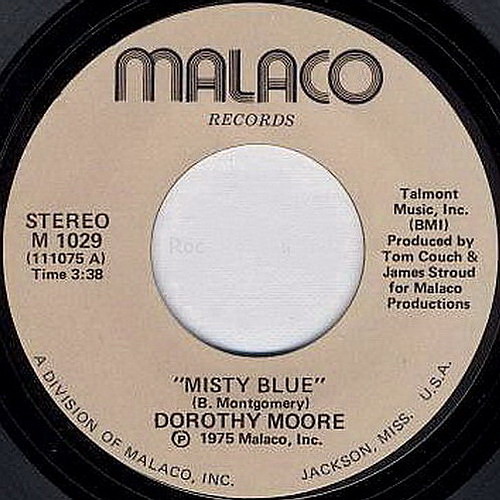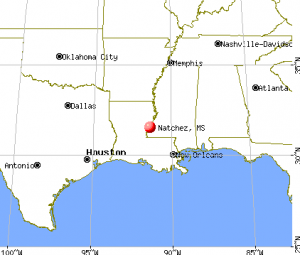 This post is one I’ve been looking forward to doing since I started this website and there will probably be many more posts to come from the Natchez area going forward. My interest is personal as it was my birthplace and I have had family in this area since the late 1600’s. There are a lot of attractions in Natchez, but you need to start by learning about the place itself and Natchez is unique when it comes to places in Mississippi. To start you off right, check out these fun facts about Natchez, The Biscuit Capital Of The World!
This post is one I’ve been looking forward to doing since I started this website and there will probably be many more posts to come from the Natchez area going forward. My interest is personal as it was my birthplace and I have had family in this area since the late 1600’s. There are a lot of attractions in Natchez, but you need to start by learning about the place itself and Natchez is unique when it comes to places in Mississippi. To start you off right, check out these fun facts about Natchez, The Biscuit Capital Of The World!
The year 2016 marks the 300th birthday of the Oldest Settlement On The Mississippi River!
You can learn more about the Natchez Tricentennial Celebration at their website:
[youtube]https://www.youtube.com/watch?v=8Rff7zOJz_E[/youtube]Established by French colonists in 1716, Natchez was one of the oldest and most important European settlements in the Lower Mississippi Valley. Named after the Natchez Indians, Natchez spent periods of time under British and Spanish colonial rule before becoming part of the United States with the establishment of the Mississippi Territory in 1798 and later served as the first capital for the new State of Mississippi in 1817.
Located high above the mighty Mississippi River, Natchez did not hold a strategic position during the Civil War and was spared much of the damage other cities suffered. As a result, more than 600 examples of antebellum architecture remain — more than any other city in the South. These historic homes and buildings, dozens of African-American heritage sites including the Forks of the Road, site of the second largest slave market in the South, along with churches and other historic landmarks make Natchez a rare find for history buffs.
From the VisitNatchez.org website:
[youtube]https://www.youtube.com/watch?v=h-KJTJj43jA[/youtube]The birthplace of Mississippi
Natchez, the birthplace of Mississippi, is known internationally as a quaint, Southern town with a rich culture and heritage shaped by people of African, French, British and Spanish descent. It’s first inhabitants, however, were the Natchez Indians and it was French explorers who first came to the area and made it their home in peace with the tribe.
Shortly after French settlers joined the Natchez Indians on a bluff overlooking the Mississippi River, they brought people from western Africa as slaves to provide labor for development. These members of the Bambara tribe — whose name means “those who accept no master” — were the first Africans in what would become the State of Mississippi. Known for their abilities to cultivate the earth, the Bambarans contributed greatly to the economic growth of the region and the nation.
As the settlement grew, French, English and Spanish residents began constructing homes and buildings in the styles with which they were familiar, leaving several architectural influences and creating the unique backdrop to the city with which our residents and visitors enjoy today.
Today, the legacy of these original settlers lives on in the historical sites that enrich Natchez and its surroundings — including the churches of the state’s oldest Black-Baptist and Catholic congregations — and in the lives of the area’s vibrant community.
Visitors can explore Natchez history, including the community’s cultural, economic and political growth through the Natchez Visitor Center, the Natchez National Historical Park, the museum of the Natchez Association for the Preservation of African American History and Culture and Natchez Pilgrimage Tours. These fascinating learning opportunities are complimented by celebrations and events throughout the year, including Fall and Spring Pilgrimage, The Natchez Literary and Cinema Celebration, Black History Month and many more.
Learn more about Natchez, Mississippi at Wikipedia:
Natchez is the county seat and only city of Adams County, Mississippi, United States. Natchez has a total population of 15,792 (as of the 2010 census). Located on the Mississippi River some 90 miles (140 km) southwest of Jackson, the capital of Mississippi, and 85 miles (137 km) north of Baton Rouge, Louisiana, it is the 25th-largest city in the state. It is named for the Natchez tribe of Native Americans who inhabited the area.
Natchez has been used as the backdrop in several works of fiction, such as Greg Iles’s Sleep No More and John Grisham’s The Appeal.
Natchez and Natchez-Under-The-Hill both feature in a number of scenes in George R. R. Martin’s novel Fevre Dream.
Natchez is part of the setting in Eudora Welty’s short story “A Worn Path” and also a part of her short story “Old Mr. Marblehall“.

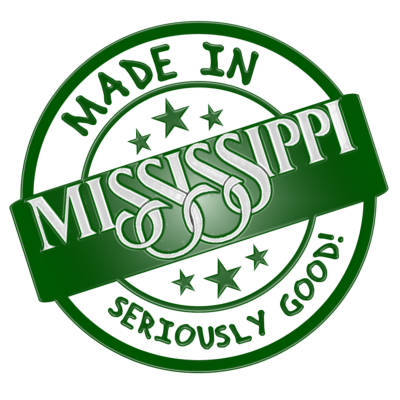


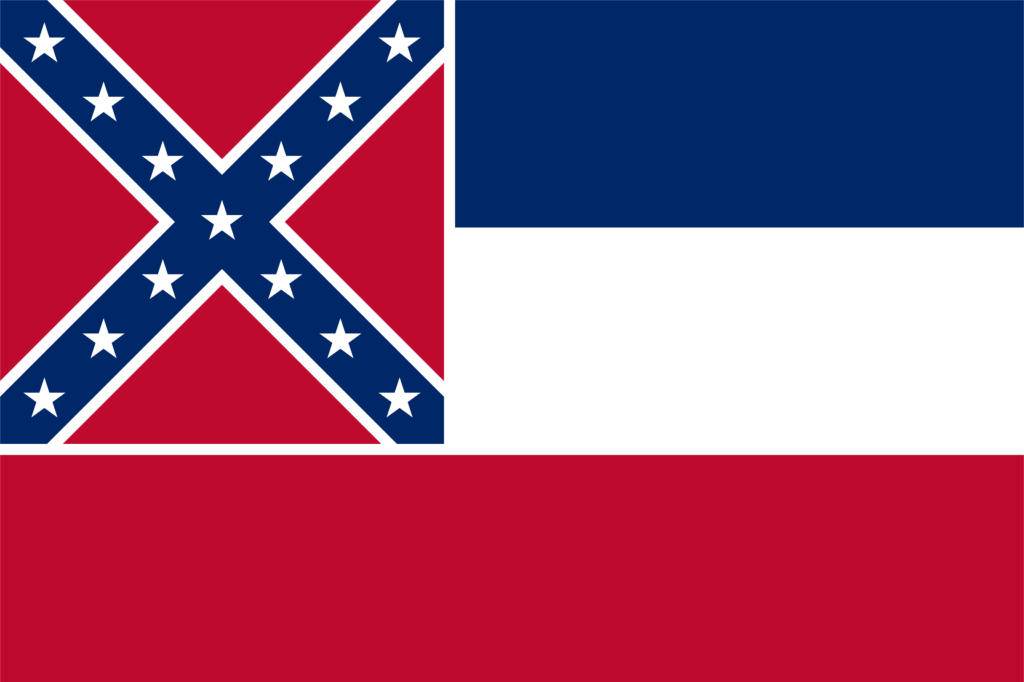



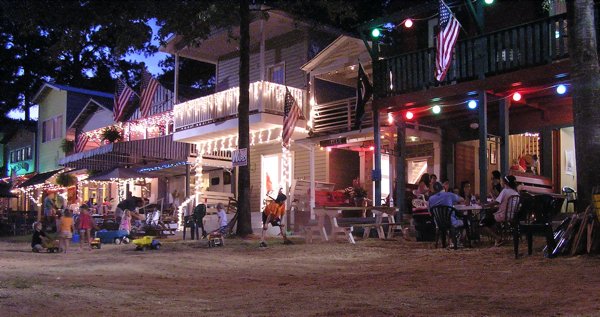


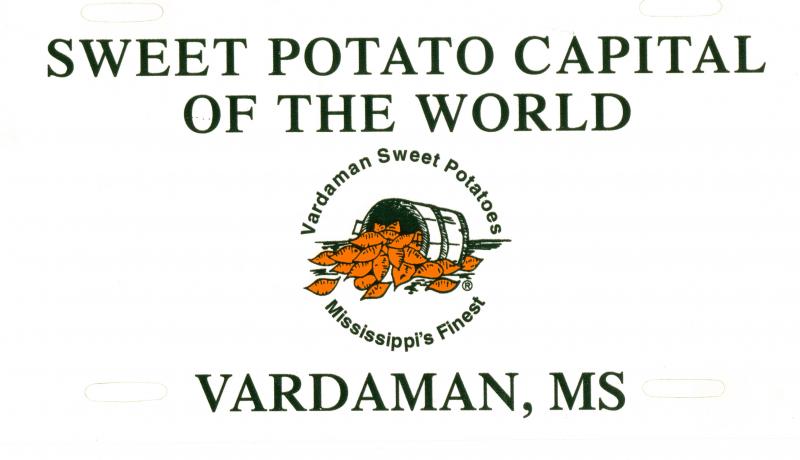
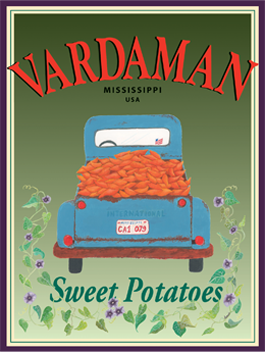

 The sweet potato (Ipomoea batatas) is a dicotyledonous plant that belongs to the family Convolvulaceae. Its large, starchy, sweet-tasting, tuberous roots are a root vegetable. The young leaves and shoots are sometimes eaten as greens. Ipomoea batatas is native to the tropical regions in America. Of the approximately 50 genera and more than 1,000 species of Convolvulaceae, I. batatas is the only crop plant of major importance some others are used locally, but many are poisonous. The sweet potato is only distantly related to the potato (Solanum tuberosum) and does not belong to the nightshade family.
The sweet potato (Ipomoea batatas) is a dicotyledonous plant that belongs to the family Convolvulaceae. Its large, starchy, sweet-tasting, tuberous roots are a root vegetable. The young leaves and shoots are sometimes eaten as greens. Ipomoea batatas is native to the tropical regions in America. Of the approximately 50 genera and more than 1,000 species of Convolvulaceae, I. batatas is the only crop plant of major importance some others are used locally, but many are poisonous. The sweet potato is only distantly related to the potato (Solanum tuberosum) and does not belong to the nightshade family.
 Since 2003, more than 8,500 corporate customers across 65 countries have chosen Bomgar as their platform for remote support. Bomgar clients include some of the world’s leading IT outsourcers, systems integrators, software vendors, hospitals and healthcare organizations, government institutions, colleges and universities, legal and accounting firms, and insurance and financial institutions.
Since 2003, more than 8,500 corporate customers across 65 countries have chosen Bomgar as their platform for remote support. Bomgar clients include some of the world’s leading IT outsourcers, systems integrators, software vendors, hospitals and healthcare organizations, government institutions, colleges and universities, legal and accounting firms, and insurance and financial institutions.





